Aquaforest Reef Mineral Salt
₹1,135.00 – ₹10,810.00
AF REEF MINERAL SALT helps in maintaining constant levels of minerals in reef aquariums.
Using Reef Mineral Salt is one of the most important elements during supplementation of calcium chloride and sodium bicarbonate (i.e. Balling Method).
Long-term shortages of micro and macronutrients result with excessive slowdown of growth and invalid, pale colouration of corals.
Product Information
AF REEF MINERAL SALT is an agent for maintaining constant levels of minerals in reef aquariums.
Using Reef Mineral Salt is one of the most important elements during supplementation of calcium chloride and sodium bicarbonate (i.e. Balling Method). Lack of Reef Mineral Salt supplementation leads to dangerous minerals deficiency . Long-term shortages of micro and macronutrients result with excessive slowdown of growth and invalid, pale colouration of corals.
Dosage:
Dissolve 80 g of KH Buffer in 1000 ml RODI water. Dosage should be determined by your water test results and coral’s daily consumption. Before applying KH Buffer solution into the water, it is recommended to run a water test to check current water parameters. 100 ml of KH Buffer solution raises KH level in 100 l (27 US gal) of water by 2,6 dKH. The product is also suitable for casual use for one-time KH level raising. 10 g of KH Buffer in 100 l of water raises the KH level by about 3,3 dKH (Alk. 1,18 meg/l). We do not recommend raising KH level by more than 0,5 dKH per day.
HOW REEF MINERAL SALT WORKS?
Aquaforest Reef Mineral Salt is a Sodium Chloride (NaCl) free sea salt . It contains all the other basic components found in natural seawater, such as Magnesium, Calcium, Potassium, Bromine, Fluorine, Barium, Iodine, and trace elements.
NaCl free salt is one of the most important components of the Balling method , and it plays a significant role when Calcium Chloride and Sodium Bicarbonate supplementation is in place.
It is a common misconception among reefers that administering NaCl free salt is primarily supposed to replenish trace elements . The main task of Sodium Chloride free salt is to maintain ionic balance of aquarium water.
This practice is based on an important discovery made by Prof William Dittmar, a chemical analyst, and the “ rule of constant proportions ”. He analysed water samples from oceans and seas around the globe and documented that the composition of natural sea water remains constant, even though the salinity varies.
So what is the significance of adding NaCl free salt when administering Calcium Chloride and Sodium Bicarbonate? Many marine organisms (e.g. hard corals) require Calcium Carbonate (CaCO3) to grow their calcareous structures. This crucial substance is insoluble in natural seawater, so one way to work around this problem is administration of Ca++ and HCO3 in the form of water-soluble Calcium Chloride (CaCl2) and Sodium Bicarbonate (NaHCO3). This method has a drawback though – in the form of unwanted NaCl:
CaCl2 + 2NaHCO3 = > CaCO3 + 2NaCl +H2O +CO2
A lot of people assume that additional presence of Sodium Chloride is harmless, as long as salinity is maintained at the desired level . Salinity however is not just a measure of table salt in H2O. Magnesium sulphate, Calcium sulphate, Potassium sulphate, Magnesium chloride, Calcium chloride and Potassium chloride are actually salts too, so when Sodium and Chloride levels rise, the natural balance of major elements is shifted. Incidentally the salinity might remain stable, but only due to excessive presence of Sodium Chloride. In a closed aquarium ecosystem the impact of NaCl build-up might be significant.
Many aquarists mistakenly assume that this issue can be easily corrected by regular water changes . Keep in mind however, that the only way to revert to the original water parameters would be with a 100% water change, while hardly anyone is replacing more than 10% weekly.
The use of NaCl free salt is not so common any more, and application of the Balling method is often limited to 2 or sometimes 3 of its main components. This approach will probably not cause any problems for several weeks or even months, but in the meantime the chemical reactions that take place in the marine aquarium will lead to a deficit of trace elements.
Balling “Two Part” or “Light” is gaining in popularity, but the truth is that the old, but revolutionary original method was much more effective when it comes to maintaining stable water parameters . Regular use of NaCl free salt is highly recommended to help address ionic imbalance issues in the long run.
Information
| Size | 25 Kg, 5 Kg, 800 gm |
|---|
Only logged in customers who have purchased this product may leave a review.
Shipping & Returns
We deliver all over India. For full details of the delivery options we offer, please view our Delivery information
We hope you’ll love every purchase, but if you ever need to return an item you can do so within a stipulated time of receipt which may vary from product to product. For full details of how to make a return, please view our Returns information


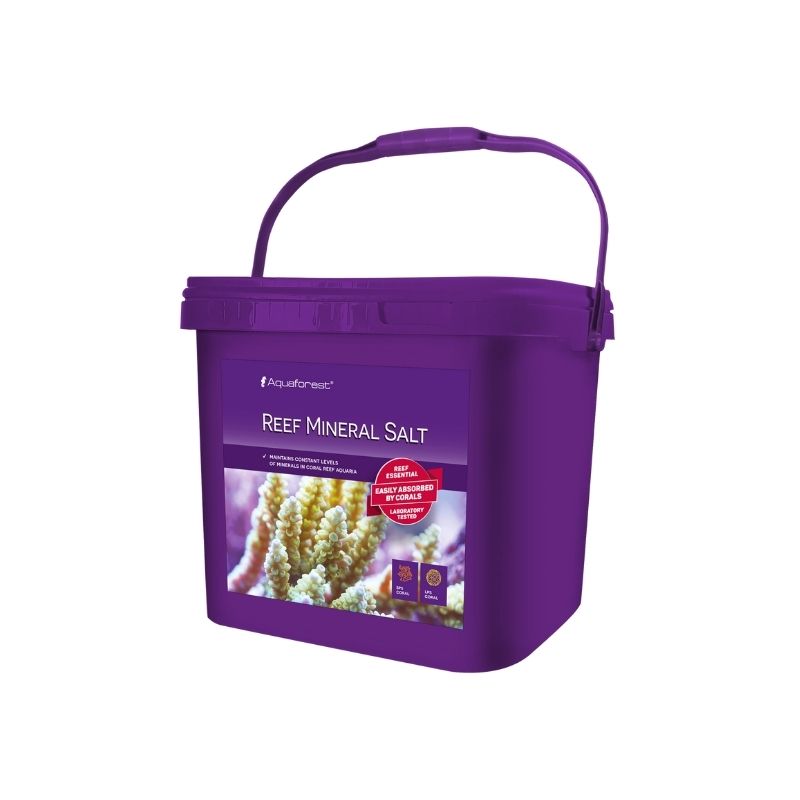

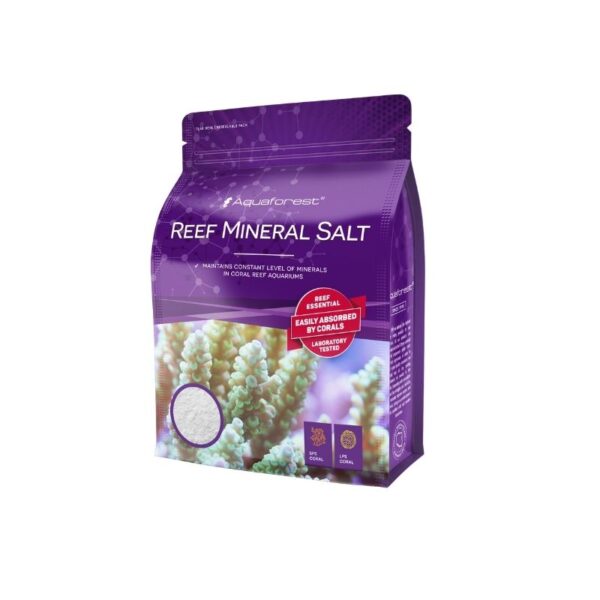


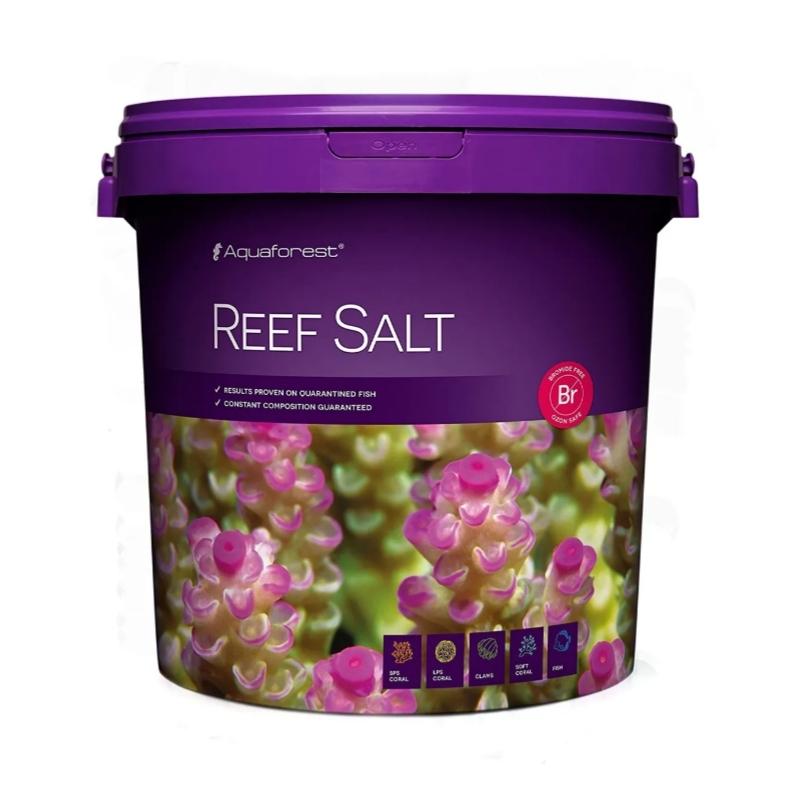
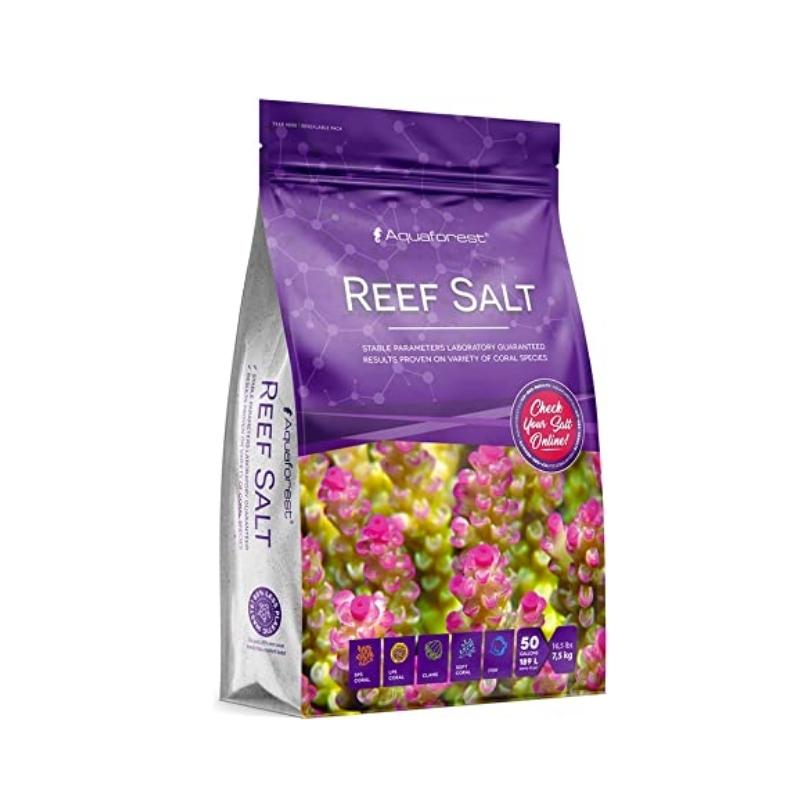
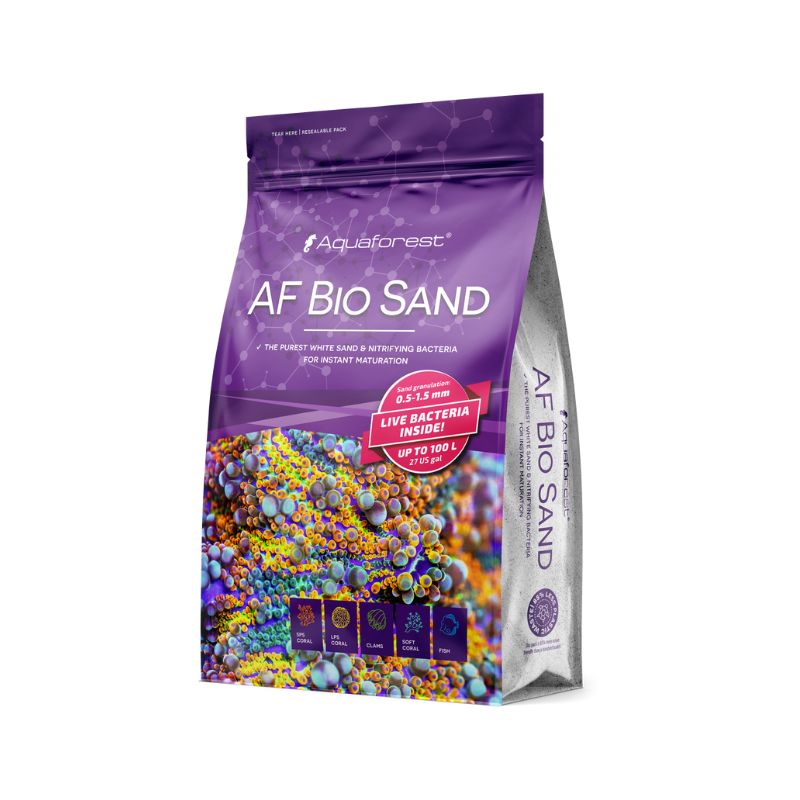
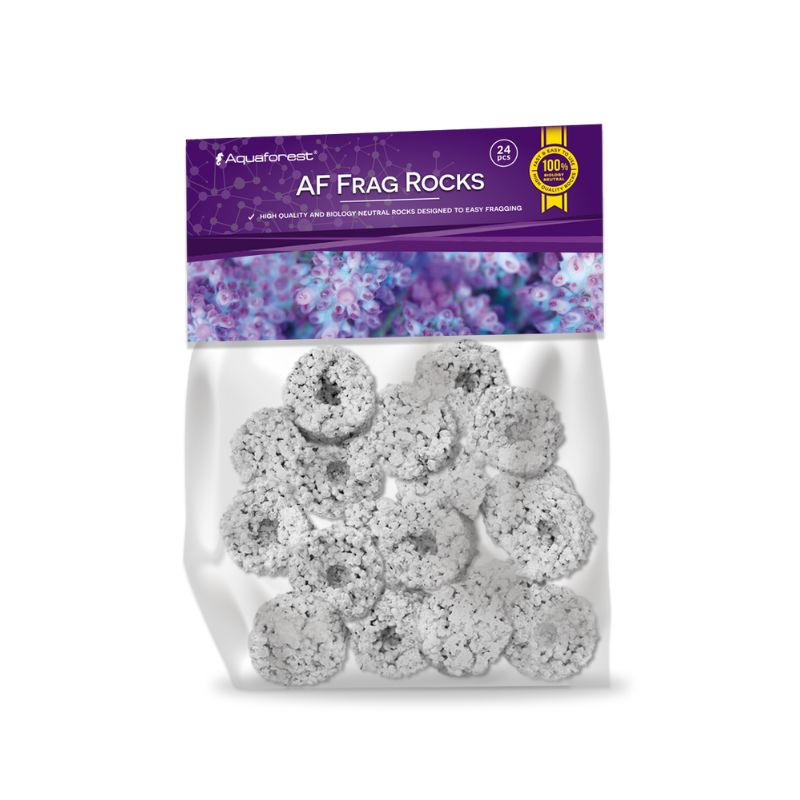
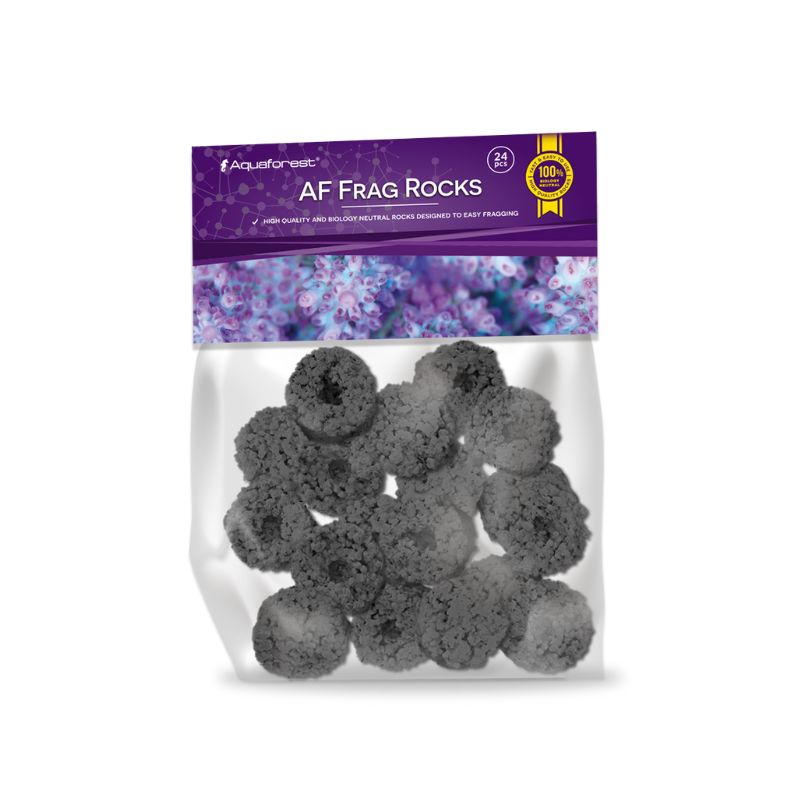
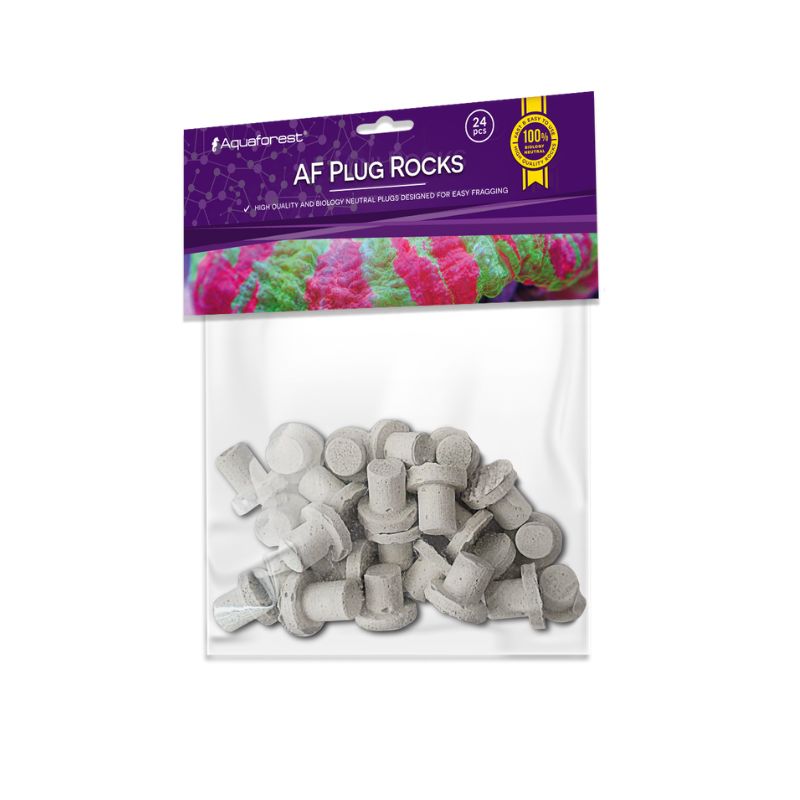
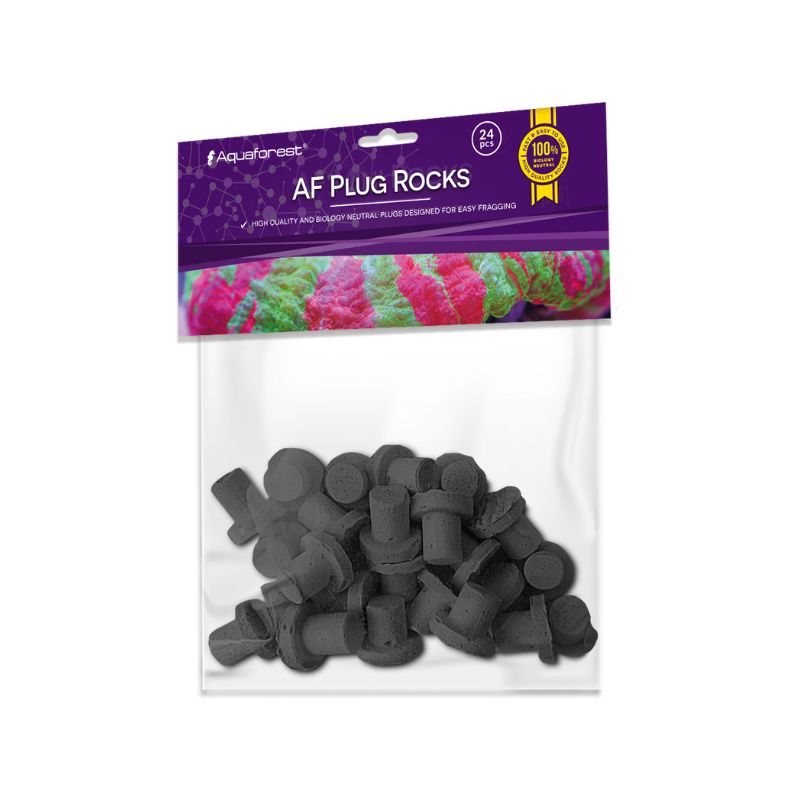
ReviewsThere are no reviews yet.